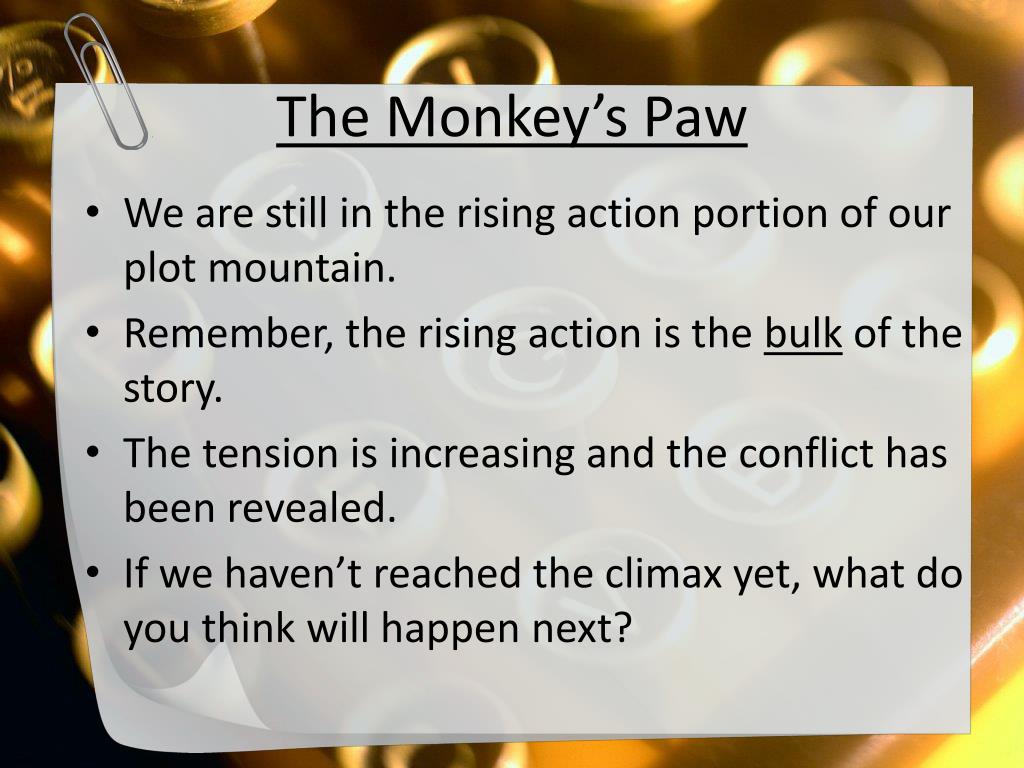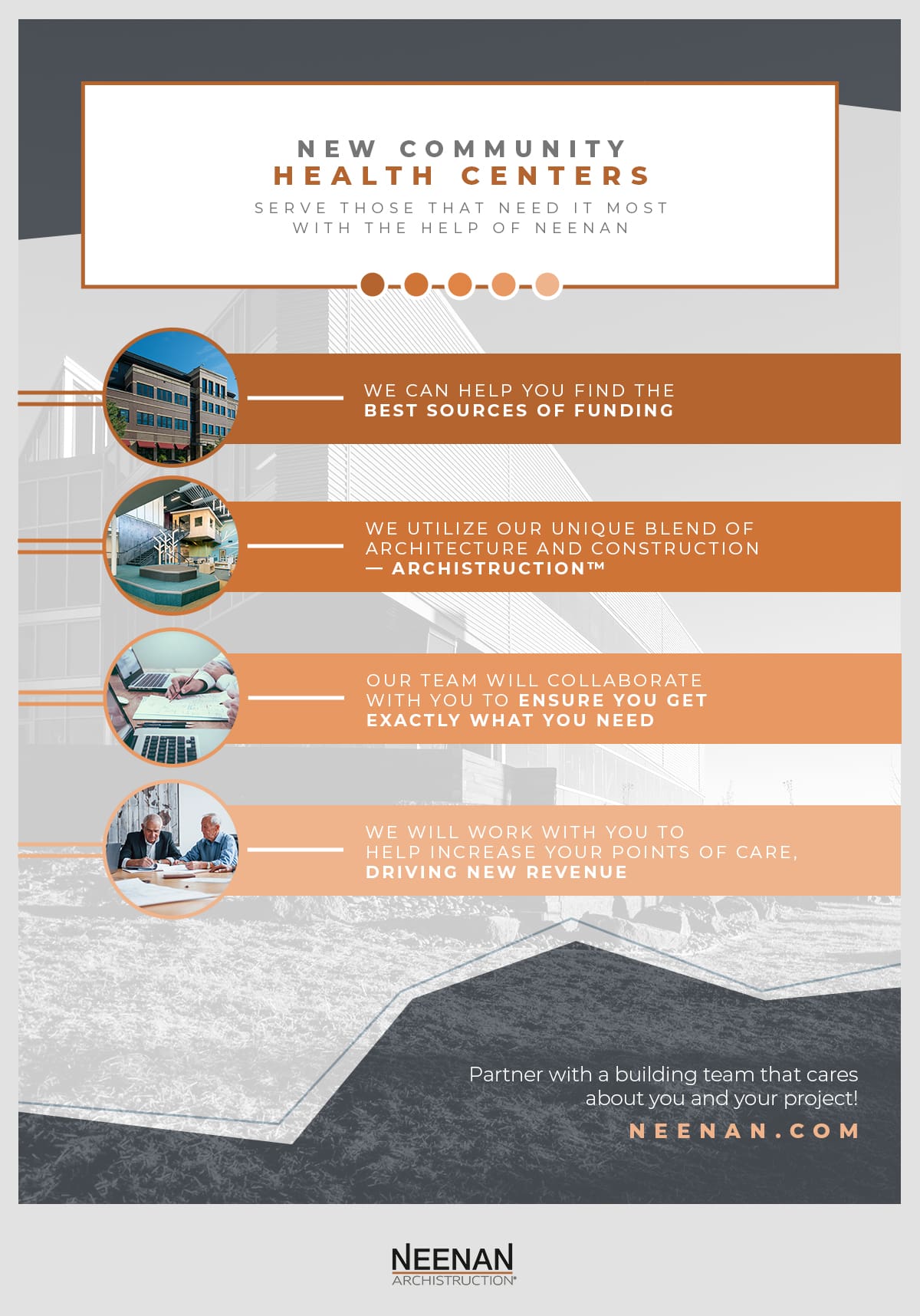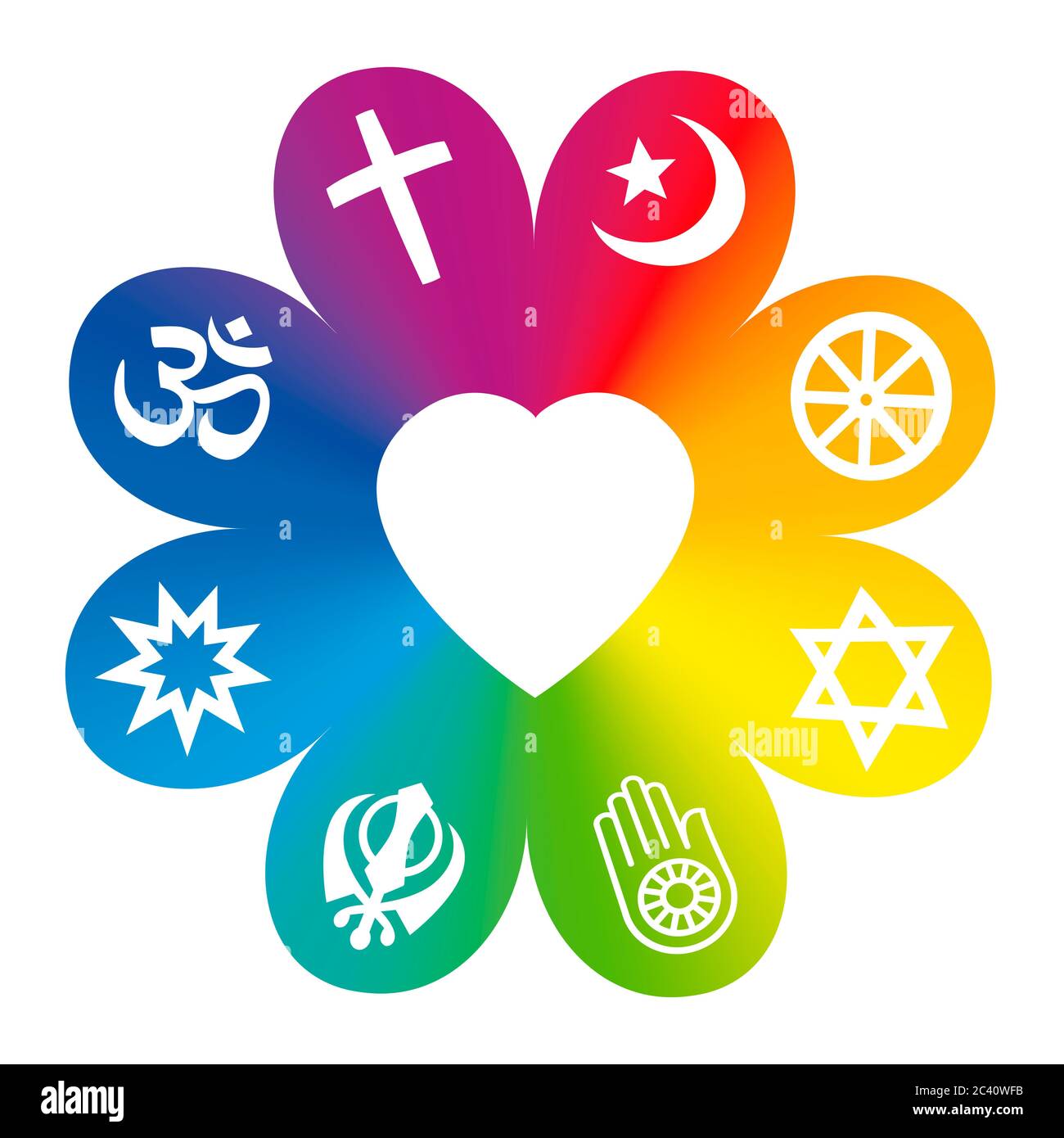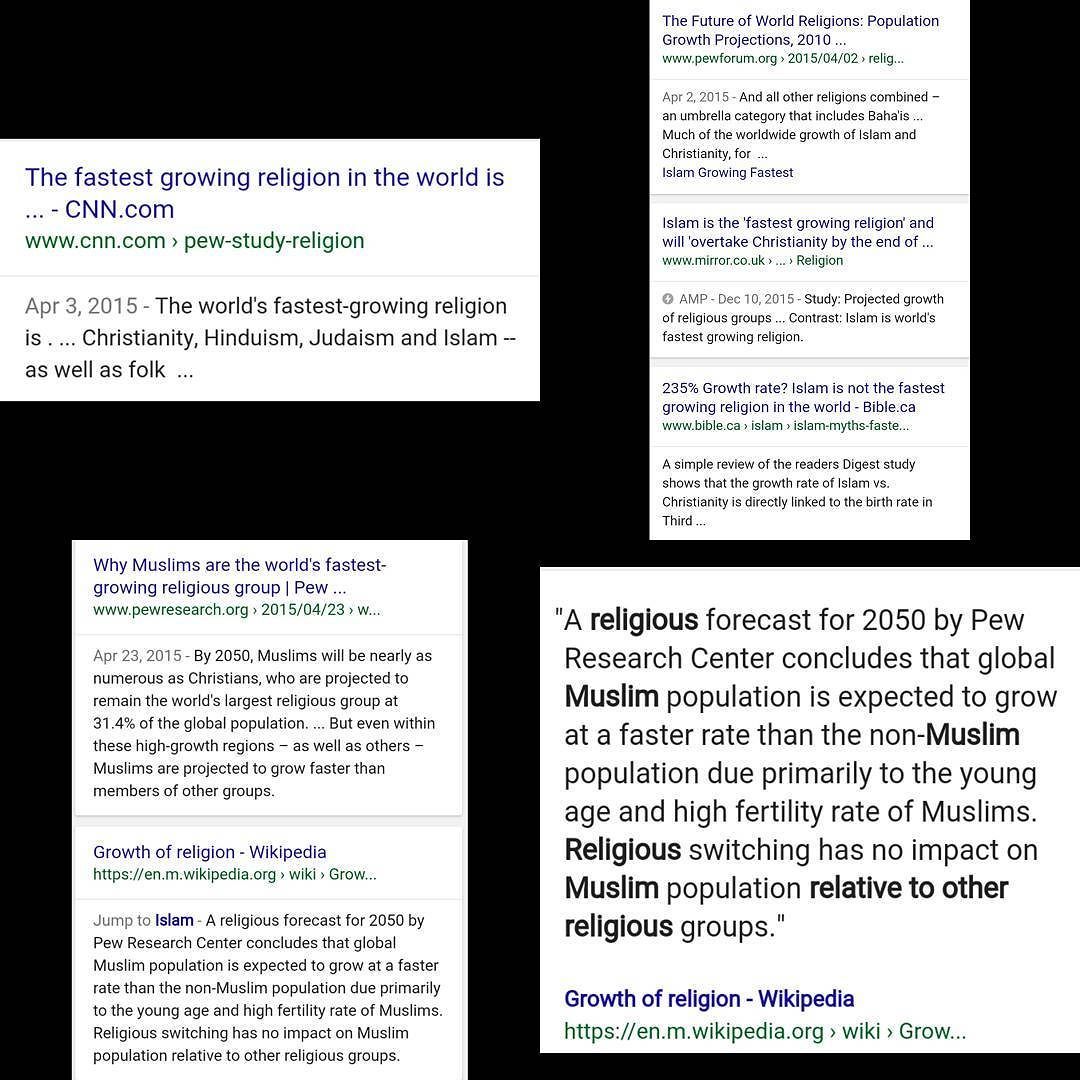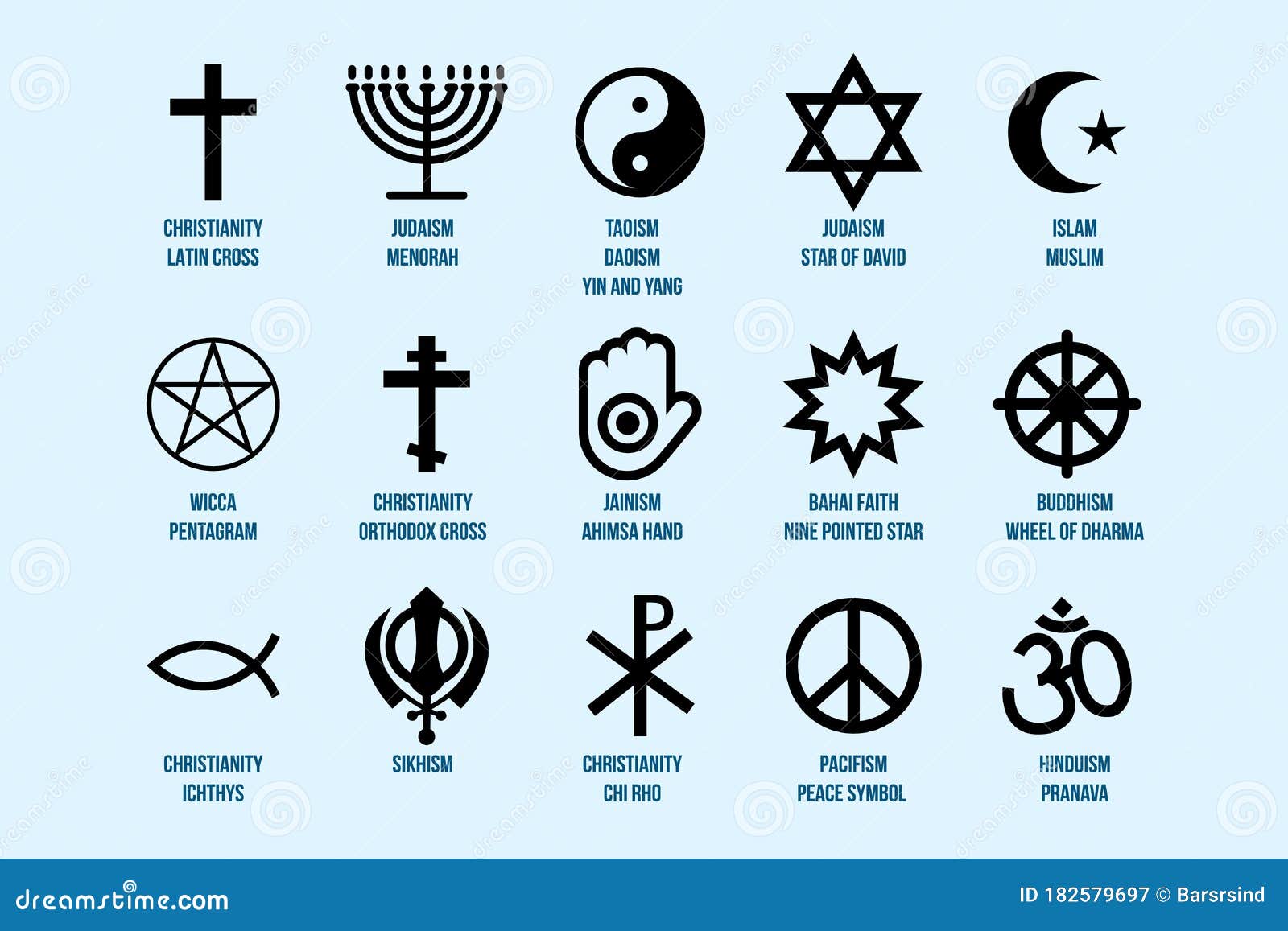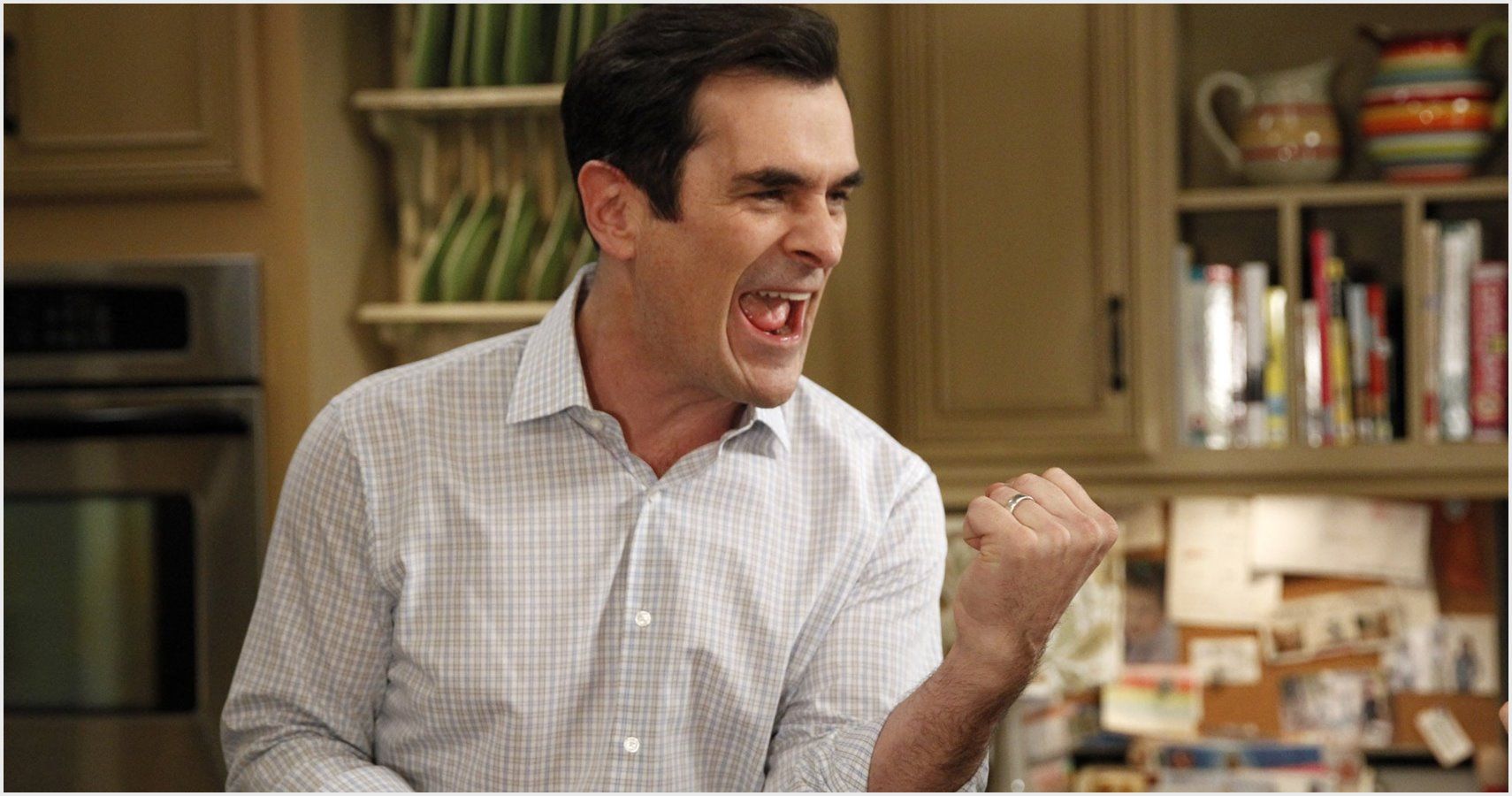Designing Your Ideal Lifestyle: Choices, Strategies, and Real-World Guidance
Understanding What Kind of Lifestyle You Want
Choosing the kind of lifestyle you want is a deeply personal decision, shaped by your values, interests, responsibilities, and dreams. Whether you imagine a quiet rural life, a fast-paced urban experience, or a balanced blend of work and leisure, the process begins with self-reflection and honest assessment. In this article, you will find actionable strategies to help you clarify your vision, identify practical steps to realize it, and explore the resources available for a variety of lifestyle options.
1. Clarifying Your Lifestyle Vision
Start by asking yourself fundamental questions: What are your core values? What activities make you feel fulfilled? Do you prioritize career advancement, family, wellness, creativity, adventure, or community connection? There is no universal answer-examples of popular lifestyles include wellness-focused, travel-oriented, minimalist, family-centered, creative, and nature-based approaches [1] . You might be drawn to the DIY lifestyle for its sense of accomplishment and savings, or perhaps you aspire to a holistic lifestyle that integrates mental, physical, and spiritual well-being.
To begin clarifying your goals, consider keeping a journal for one week. Record your daily activities, noting which experiences energize or drain you. This simple exercise can reveal patterns and preferences that inform your choices moving forward.
2. Exploring Lifestyle Options
There are countless ways to shape your life. Some people thrive in structured environments with clear routines, while others seek novelty and flexible schedules. Popular lifestyle categories include:
- Health & Wellness: Prioritize fitness, nutrition, and mental health. This might involve joining local fitness centers, exploring healthy recipes, or practicing mindfulness. For reputable nutrition and wellness advice, consult resources like the Centers for Disease Control and Prevention (CDC) or the Academy of Nutrition and Dietetics. You can search ‘CDC Healthy Living’ or ‘Eatright Academy of Nutrition’.
- Travel: Embrace adventure, exploring new destinations regularly. Many travel enthusiasts use legitimate booking platforms and government travel advisories for safety and planning. For official U.S. travel guidance, visit the U.S. Department of State’s travel section by searching ‘U.S. State Department Travel’.
- Personal Development: Focus on learning, skill-building, and personal growth. Massive Open Online Courses (MOOCs) on platforms like Coursera and edX offer certified courses from universities worldwide. Search for ‘Coursera personal development’ or ‘edX personal growth’.
- Creative Expression: Dedicate time to art, music, writing, or design. Community centers and local art schools often provide affordable workshops. Visit your city or town’s official website for listings, or search ‘community art classes near me’.
- Minimalist Living: Reduce possessions and commitments to focus on what matters most. Resources like The Minimalists blog provide guidance, but always verify the authenticity of any program or service before committing.
3. Setting Achievable Goals and Creating a Plan
Once you have a clearer vision, set specific, actionable goals. For example, if you want a healthier lifestyle, you might aim to cook at home three nights a week and walk 30 minutes daily. If travel is your priority, you could begin with a weekend getaway within your state and set a savings plan for a longer trip in the future. SMART goals-Specific, Measurable, Achievable, Relevant, and Time-bound-are often recommended for effective planning [2] .
Break down large aspirations into manageable steps. Use a calendar or digital planner to schedule activities, track progress, and adjust your plan as needed. Celebrate small milestones to maintain motivation.
4. Accessing Tools, Resources, and Support
Building your preferred lifestyle may require new tools, knowledge, or social support. Here are ways to access them:
- Wellness & Fitness: Local gyms, community health programs, and public parks provide accessible options. Many cities offer free or discounted exercise classes-search your local government’s recreation department for schedules.
- Personal Finance: Managing money is crucial. For guidance on budgeting, debt reduction, or investing, the Consumer Financial Protection Bureau (CFPB) offers free, reliable advice. Search for ‘CFPB money management’.
- Learning & Skills: Libraries and community colleges often provide free or low-cost classes. Check your local library’s official website for event calendars or ask about upcoming seminars.
- Networking: Making connections with like-minded people is important. Consider joining local meetup groups, professional organizations, or online forums dedicated to your interests. Meetup.com is a verified platform for finding groups in your area.
5. Overcoming Challenges and Staying Flexible
Pursuing a new lifestyle often comes with obstacles. Common challenges include financial limitations, time constraints, or lack of support. The key is to stay adaptable and seek alternatives when needed. For example, if gym memberships are too expensive, explore home workouts using free online videos from reputable sources like the National Institutes of Health (NIH) or the American Council on Exercise (ACE). Search ‘NIH exercise at home’ or visit the ACE’s official site for tips.
When motivation wanes, reconnect with your original vision. Adjust your goals to fit changing circumstances, and don’t hesitate to seek help from friends, mentors, or professional counselors if needed. Remember, progress often comes in small increments rather than dramatic leaps.
6. Real-World Examples of Lifestyle Choices
To illustrate the variety of possible lifestyles, consider these real-world examples:
- DIY Lifestyle: Many people choose to handle home repairs, craft projects, and cooking themselves. This approach fosters independence and creativity, often leading to financial savings and personal satisfaction [1] .
- Holistic Living: Individuals who prioritize holistic health incorporate nutrition, exercise, and mindfulness into their routines. They may attend yoga classes at local studios, cook fresh meals at home, and practice meditation. Resources for holistic wellness are often available through verified community wellness centers.
- Fashion-Forward Lifestyle: Some focus on personal style and self-expression, staying current with trends and exploring new looks. They might follow influential fashion bloggers, attend events, or participate in clothing swaps. To stay up-to-date, use official fashion publications and subscribe to reputable newsletters.
- Minimalism: Those embracing minimalism downsize possessions, focusing on quality over quantity. This lifestyle can reduce stress and increase freedom, but requires discipline and a willingness to let go of material attachments. Start by decluttering one area of your home each week and donating unused items to local charities.
7. Step-by-Step Guide: Building Your Ideal Lifestyle
- Self-Assessment: Reflect on your values, interests, and current routines. Use journaling or guided questionnaires.
- Research Options: Read about different lifestyles, seek out verified blogs, and explore official resources for inspiration.
- Set Priorities: Decide which aspects (health, creativity, travel, etc.) are most important and align your actions accordingly.
- Plan Actions: Break big goals into smaller steps. Use a planner or digital calendar for scheduling.
- Access Resources: Find community programs, classes, or online guides using official agency websites and local directories.
- Monitor Progress: Review your progress weekly. Adjust plans as needed to stay realistic and responsive to change.
- Seek Support: Reach out to friends, family, or local groups for encouragement and accountability.
8. Alternative Approaches and Adaptability
There is no single path to a fulfilling lifestyle. If your first plan doesn’t fit, experiment with alternatives. For example, if you struggle with time management, try time-blocking or delegate lesser tasks. If finances are limited, look for community-based resources or barter services. The key is ongoing evaluation and a willingness to adjust as your life evolves.

Source: studycorgi.com
Key Takeaways
Designing an ideal lifestyle is a journey, not a one-time decision. With clarity, planning, and the right resources, you can create a life that aligns with your values and aspirations. Use official agency websites, trusted community resources, and professional organizations to find reliable support and opportunities. Above all, remain open to growth, change, and new possibilities as you pursue the kind of lifestyle you want.

Source: coolyounghistory.com
References
MORE FROM cheerdeal.com
